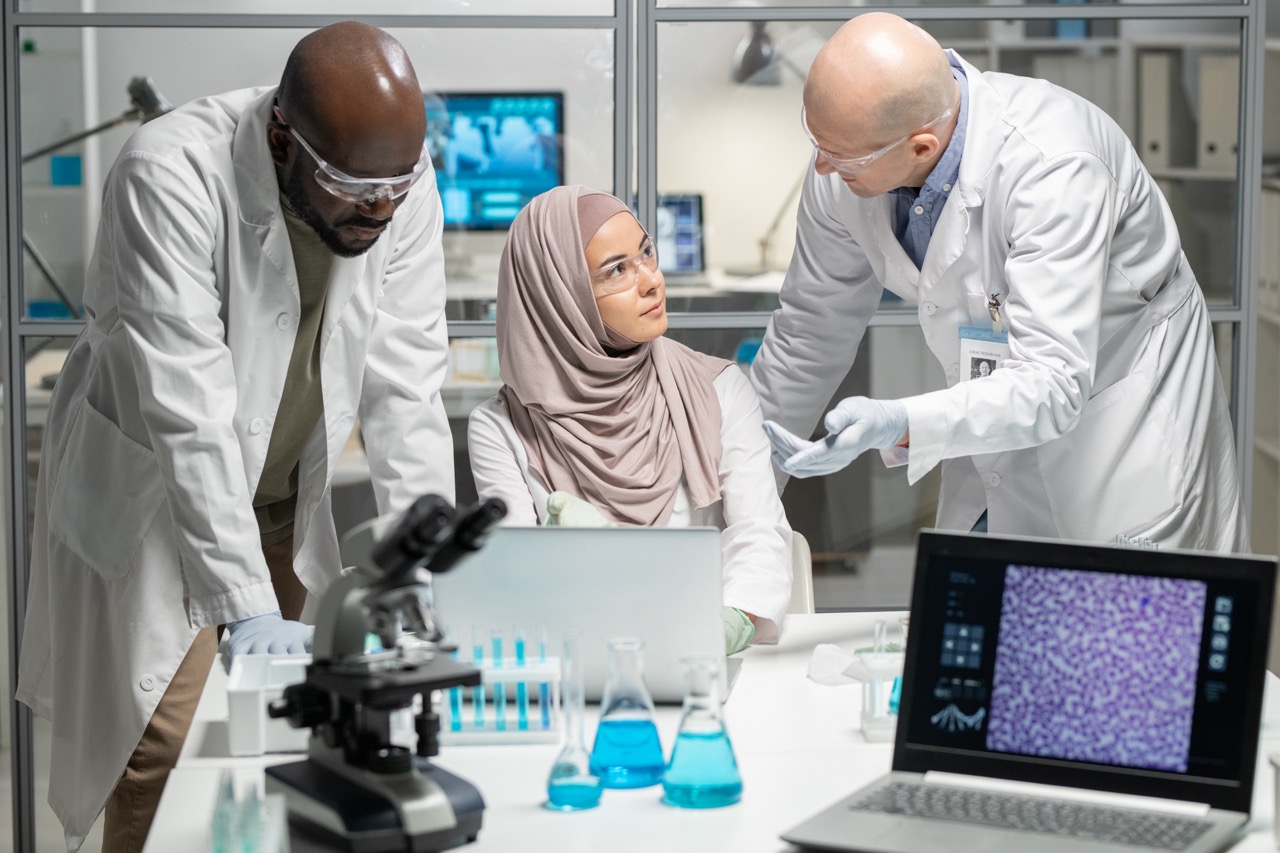Jennifer Doudna, a biochemist at the University of California, Berkeley, has transformed the landscape of genetic modification with her pioneering work on CRISPR-Cas9 technology. This innovative approach to genetic editing has opened new avenues in biotechnology and medicine, enabling scientists to make precise changes to DNA with unprecedented ease and accuracy. Doudna’s research has not only advanced our understanding of genetics but has also sparked worldwide discussions about the ethical implications of modifying living organisms. This article explores the groundbreaking innovations of Doudna’s lab, the mechanics of CRISPR technology, its impacts on various fields, and the ethical dilemmas associated with genetic modification.
The Groundbreaking Innovations of Jennifer Doudna’s Lab
Doudna’s lab has been at the forefront of biochemistry and molecular biology, focusing on the mechanisms of RNA and its role in genetic expression. One of the most significant breakthroughs to emerge from her research is the elucidation of the CRISPR-Cas9 system, originally discovered in bacteria as a defense mechanism against viruses. By harnessing this natural process, Doudna and her collaborators have enabled a method for targeted gene editing that is both efficient and versatile.
The lab’s innovative work included the determination of the structural biology of the CRISPR complex, which allowed researchers to understand how the guide RNA directs the Cas9 protein to a specific DNA sequence. This discovery laid the groundwork for developing a user-friendly toolkit for genetic modifications across a wide range of organisms, from bacteria to plants and animals. The simplicity and adaptability of the CRISPR-Cas9 system have since made it a central tool in genetic research and engineering.
In recognition of these monumental contributions, Doudna has received numerous awards and honors, including the prestigious Nobel Prize in Chemistry in 2020, which she shared with Emmanuelle Charpentier. Their collaboration exemplified the power of interdisciplinary research and has inspired a new generation of scientists to explore the vast potential of genetic modification in solving global challenges, including food security and disease control.
Understanding CRISPR: The Genetic Editing Breakthrough
CRISPR, which stands for Clustered Regularly Interspaced Short Palindromic Repeats, works by utilizing a guide RNA to identify a specific sequence of DNA within a genome. Once the target DNA is located, the Cas9 protein acts as a molecular "scissors," creating a double-strand break at the precise location. This break triggers the cell’s natural repair mechanisms, which can be harnessed to introduce specific genetic changes—whether that be the insertion, deletion, or alteration of DNA sequences.
The technology’s modular design allows researchers to easily modify the guide RNA to target different genes, making CRISPR-Cas9 a highly versatile tool applicable to various fields of research and biotechnology. This accessibility has accelerated the pace of genetic research, enabling scientists to explore previously intractable questions about gene function and regulation. Additionally, CRISPR has been utilized in creating genetically modified organisms (GMOs) with desirable traits, such as disease resistance in crops and potential therapies for genetic disorders in humans.
Moreover, CRISPR technology has generated enthusiasm for its potential to revolutionize the treatment of many diseases, including cancer, genetic disorders, and infectious diseases. By allowing for precise editing of genes associated with these conditions, researchers are beginning to envision a future where genetic diseases could be corrected at their source, significantly enhancing the quality of life for affected individuals.
Impacts of Doudna’s Work on Biotechnology and Medicine
Jennifer Doudna’s contributions have had profound implications for biotechnology, particularly in agriculture and pharmaceuticals. In agriculture, CRISPR technology is being utilized to create crops with enhanced traits, such as drought tolerance, pest resistance, and improved nutritional profiles. This innovation is crucial as global food demands increase and climate change threatens traditional farming practices. The ability to produce hardier and more productive crops can help ensure food security for a growing population.
In the pharmaceutical industry, the CRISPR-Cas9 system is transforming drug discovery and development processes. Researchers can now create disease models with greater efficiency, allowing for faster testing of new therapeutic compounds. Additionally, CRISPR has opened the door for gene therapies that can target and potentially cure genetic disorders, such as sickle cell disease and muscular dystrophy. These advancements promise to change the landscape of medicine, enabling more personalized and effective treatment options.
Doudna’s influence extends beyond laboratory innovations; her work has also inspired an ethical and regulatory dialogue surrounding genetic modification. As CRISPR technology becomes more pervasive, understanding the implications for biodiversity, ecosystem stability, and human health is paramount, highlighting the interconnectedness of science and society in the modern age.
Ethical Considerations in Genetic Modification Research
As with any groundbreaking technology, the advent of CRISPR-Cas9 raises significant ethical questions. One of the most pressing concerns involves the potential for germline editing, which entails making changes to an organism’s DNA that can be passed on to future generations. This prospect has provoked intense debate within scientific, medical, and public arenas about the moral implications of altering human embryos and the potential unintended consequences of such modifications on the human gene pool.
Furthermore, the accessibility of CRISPR technology raises concerns regarding its misuse. The possibility of "designer babies," where genetic modifications could be made to enhance traits such as intelligence or physical appearance, poses profound ethical dilemmas about social equity and the definition of what it means to be human. The potential for unequal access to genetic modification technologies could exacerbate existing social inequalities, leading to a society divided by genetic privilege.
To address these ethical challenges, it is essential for scientists, policymakers, and ethicists to engage in ongoing dialogue about the responsible use of CRISPR technology. Establishing robust regulatory frameworks and ethical guidelines will be crucial in ensuring that genetic modification research is conducted transparently and ethically, promoting beneficial applications while mitigating risks. The work of Jennifer Doudna serves as a catalyst for these discussions, emphasizing the need to balance scientific advancement with moral responsibility.
Jennifer Doudna’s revolutionary work in genetic modification through CRISPR technology has not only reshaped the fields of biotechnology and medicine but also instigated a critical conversation about the ethical implications of such advancements. As the potential applications of CRISPR continue to grow, so too does the responsibility to navigate the complex moral landscape that accompanies this powerful tool. The legacy of Doudna’s research will undoubtedly influence future innovations and ethical considerations in genetics, underscoring the importance of a collaborative approach to harnessing science for the betterment of humanity.










